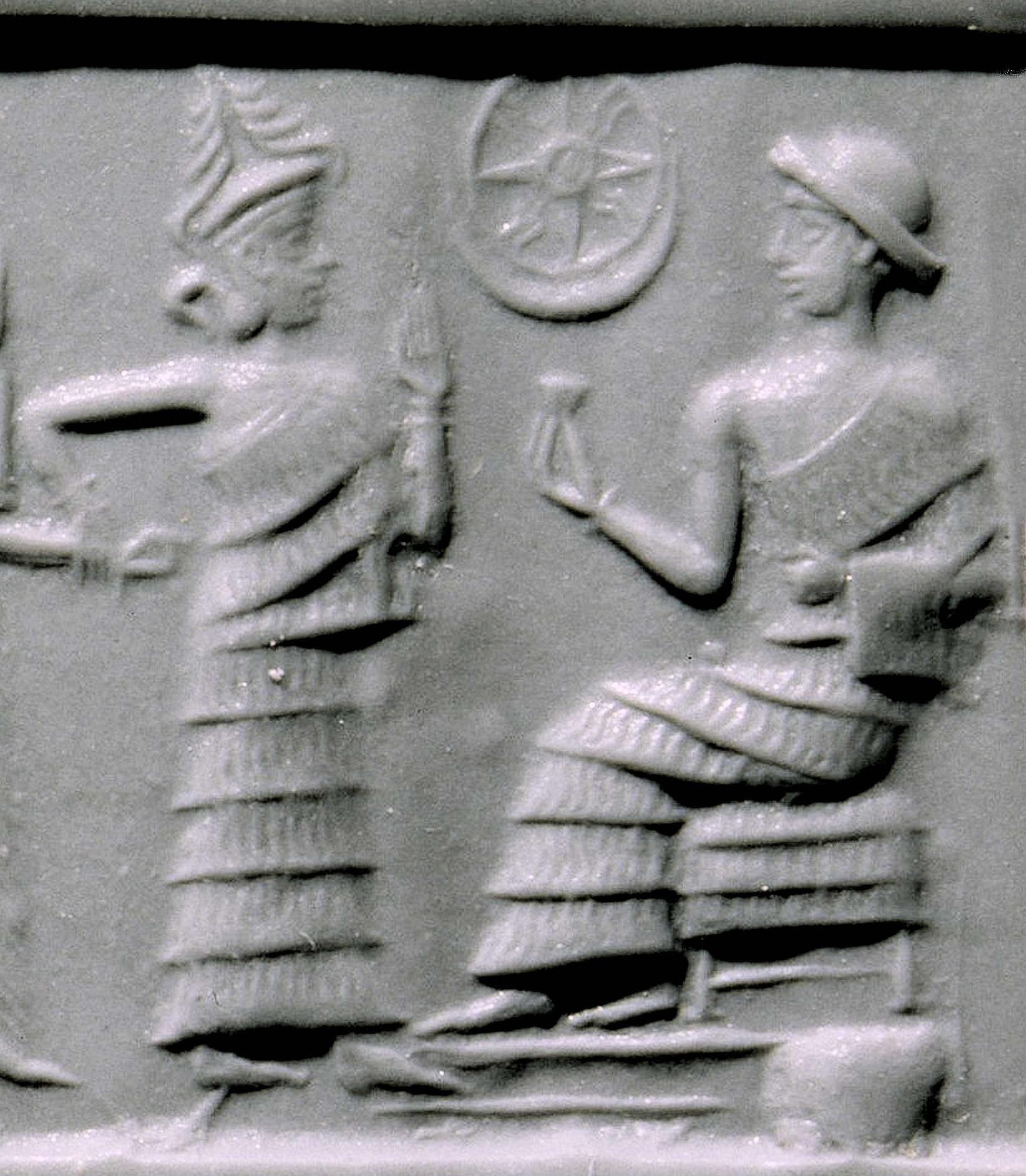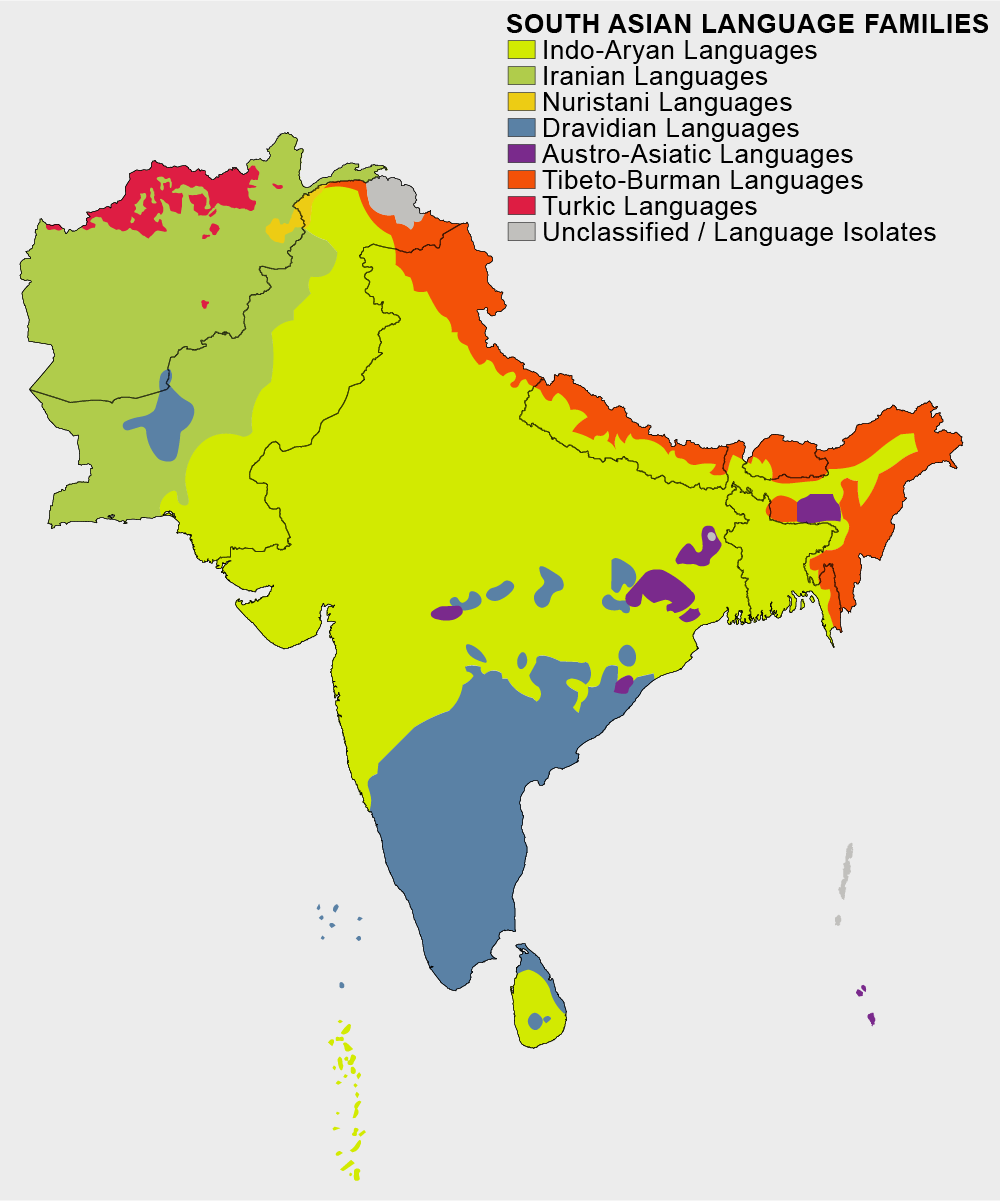|
Indo-Guyanese People
Indo-Guyanese or Guyanese Indians, are Guyanese nationals of Indian origin who trace their ancestry to India and the wider subcontinent. They are the descendants of indentured servants and settlers who migrated from India beginning in 1838, and continuing during the British Raj. They are a subgroup of Indo-Caribbean people. The vast majority of indentured labourers in Guyana came from North India, most notably the Bhojpur and Awadh regions in the Hindi Belt of the present-day states of Uttar Pradesh, Bihar and Jharkhand. A significant minority also came from Southern India. Among the immigrants, there were also labourers from other parts of South Asia. The vast majority of Indians came as contract labourers during the 19th century, spurred on by political upheaval, the ramifications of the Mutiny of 1857 and famine. Others of higher social status arrived as merchants, landowners and farmers pushed out of India by many of the same factors. A large Indo-Guyanese diaspora is a ... [...More Info...] [...Related Items...] OR: [Wikipedia] [Google] [Baidu] |
East Berbice-Corentyne
East Berbice-Corentyne (Region 6) is one of ten regions in Guyana covering the whole of the east of the country. It borders the Atlantic Ocean to the north, the Nickerie District and Sipaliwini District of Suriname to the east, Brazil to the south and the regions of Mahaica-Berbice, Upper Demerara-Berbice, Potaro-Siparuni and Upper Takutu-Upper Essequibo to the west. Towns in the region include New Amsterdam, Corriverton and Rose Hall. The Corentyne River forms the whole of the eastern border with Suriname, though the southernmost section is claimed by Suriname and is known in Guyana as the New River Triangle or Tigri Area in Suriname. Population The Government of Guyana has administered three official censuses since the 1980 administrative reforms, in 1980, 1991 and 2002. In 2012, the population of East Berbice-Corentyne was recorded at 109,431 people. Official census records for the population of East Berbice-Corentyne are as follows: *2012 : 109,431 *2002 : 123,695 *19 ... [...More Info...] [...Related Items...] OR: [Wikipedia] [Google] [Baidu] |
Guyanese Creole
Guyanese Creole (''Creolese'' by its speakers or simply ''Guyanese'') is an English-based creole language spoken by the Guyanese people. Linguistically, it is similar to other English dialects of the Caribbean region, based on 19th-century English and has loan words from Indian-South Asian, West African, Arawakan, and older Dutch languages. Varieties and influences There are many sub-dialects of Guyanese Creole based on geographical location, urban – rural location, and race of the speakers. For example, along the Rupununi River, where the population is largely Amerindian, a distinct form of Guyanese Creole exists. The Georgetown (capital city) urban area has a distinct accent, while within a forty-five-minute drive away from this area the dialect/accent changes again, especially if following the coast where rural villages are located. As with other Caribbean languages, words and phrases are very elastic, and new ones can be made up, changed or evolve within a short p ... [...More Info...] [...Related Items...] OR: [Wikipedia] [Google] [Baidu] |
Indo-Caribbean Americans
Indo-Caribbean Americans or Indian-Caribbean Americans or Indo-West Indian American, are Americans who trace their ancestry ultimately to India, though whose recent ancestors lived in the West Indies or Caribbean, where they migrated beginning in 1838 as indentured laborers. There are large populations of Indo–Trinidadians and Tobagonians and Indo-Guyanese along with a smaller population of Indo-Surinamese, Indo-Jamaicans and other Indo-Caribbean people in the United States, especially in the New York metropolitan area and Florida. The Washington metropolitan area, Texas, and Minnesota also have small numbers of Indo-Guyanese and Indo-Trinidadians. Indo-Caribbean Americans are a subgroup of Caribbean Americans as well as Indian Americans, which are a subgroup of South Asian Americans, which itself is a subgroup of Asian Americans. Migration history Since the 1960s, a large Indo-Caribbean community has developed in South Richmond Hill, a neighborhood in the New York C ... [...More Info...] [...Related Items...] OR: [Wikipedia] [Google] [Baidu] |
British Indo-Caribbean People
British Indo-Caribbean people are British citizens, whose recent ancestors came from the Caribbean, and who further trace their ancestry back to India and the wider subcontinent. The UK has a large population of Indo-Caribbean people. Background Indian people were first introduced to the Caribbean as indentured laborers by the British government beginning in the 1830s after the abolition of slavery and when cheap labour was needed. The majority settled in Trinidad and Tobago, Guyana, and Suriname. There are smaller but well established population in Jamaica, Saint Lucia and other Caribbean countries. The Indian communities in these countries have now become extremely well established and currently have a very successful diaspora. With the strong links between the Caribbean and the UK, as well as the large Indian community in the UK, it has proven a popular destination for Indo-Caribbean emigrants. In 1990, between 22,800 and 30,400 Indo-Caribbean people were estimated to be livi ... [...More Info...] [...Related Items...] OR: [Wikipedia] [Google] [Baidu] |
Indo-Caribbean People
Indo-Caribbean or Indian-Caribbean people are people from the Caribbean who trace their ancestry to the Indian subcontinent. They are descendants of the Jahaji indentured laborers from British India, who were brought by the British, Dutch, and French during the colonial era from the mid-19th century to the early 20th century. Indo-Caribbean people largely trace their ancestry back to the Bhojpur and Awadh regions of the Hindi Belt and the Bengal region in North India, in the present-day states of Uttar Pradesh, Bihar, Bengal and Jharkhand, with a significant minority coming from the Madras Presidency in South India, especially present-day Tamil Nadu and Andhra Pradesh. Other notable regions of origin include Western Uttar Pradesh, Mithila, Magadh, Chota Nagpur, Madhya Pradesh, Haryana, Rajasthan, Pashtunistan, Punjab, Sindh, Kutch, Gujarat, Maharashtra, and Kashmir. Most Indians in the French West Indies are of South Indian origin and Indians in Barbados are mostly of ... [...More Info...] [...Related Items...] OR: [Wikipedia] [Google] [Baidu] |
Christianity
Christianity is an Abrahamic monotheistic religion, which states that Jesus in Christianity, Jesus is the Son of God (Christianity), Son of God and Resurrection of Jesus, rose from the dead after his Crucifixion of Jesus, crucifixion, whose coming as the Messiah#Christianity, messiah (Christ (title), Christ) was Old Testament messianic prophecies quoted in the New Testament, prophesied in the Old Testament and chronicled in the New Testament. It is the Major religious groups, world's largest and most widespread religion with over 2.3 billion followers, comprising around 28.8% of the world population. Its adherents, known as Christians, are estimated to make up a majority of the population in Christianity by country, 157 countries and territories. Christianity remains Christian culture, culturally diverse in its Western Christianity, Western and Eastern Christianity, Eastern branches, and doctrinally diverse concerning Justification (theology), justification and the natur ... [...More Info...] [...Related Items...] OR: [Wikipedia] [Google] [Baidu] |
Islam
Islam is an Abrahamic religions, Abrahamic monotheistic religion based on the Quran, and the teachings of Muhammad. Adherents of Islam are called Muslims, who are estimated to number Islam by country, 2 billion worldwide and are the world's Major religious groups, second-largest religious population after Christians. Muslims believe that Islam is the complete and universal version of a Fitra, primordial faith that was revealed many times through earlier Prophets and messengers in Islam, prophets and messengers, including Adam in Islam, Adam, Noah in Islam, Noah, Abraham in Islam, Abraham, Moses in Islam, Moses, and Jesus in Islam, Jesus. Muslims consider the Quran to be the verbatim word of God in Islam, God and the unaltered, final revelation. Alongside the Quran, Muslims also believe in previous Islamic holy books, revelations, such as the Torah in Islam, Tawrat (the Torah), the Zabur (Psalms), and the Gospel in Islam, Injil (Gospel). They believe that Muhammad in Islam ... [...More Info...] [...Related Items...] OR: [Wikipedia] [Google] [Baidu] |
Star And Crescent
The conjoined representation of a star and a crescent is used in various historical contexts, including as a prominent symbol of the Ottoman Empire, and in contemporary times, as a national symbol by some countries, and by some Muslims as a symbol of Islam, while other Muslims reject it as an Islamic symbol. It was developed in the Greek colony of Byzantium ca. 300 BC, though it became more widely used as the royal emblem of Pontic king Mithridates VI Eupator after he incorporated Byzantium into his kingdom for a short period. During the 5th century, it was present in coins minted by the Persian Sassanian Empire; the symbol was represented in the coins minted across the empire throughout the Middle East for more than 400 years from the 3rd century until the fall of the Sassanians after the Muslim conquest of Persia in the 7th century. The conquering Muslim rulers kept the symbol in their coinage during the early years of the caliphate, as the coins were exact replicas of the S ... [...More Info...] [...Related Items...] OR: [Wikipedia] [Google] [Baidu] |
Hinduism
Hinduism () is an Hypernymy and hyponymy, umbrella term for a range of Indian religions, Indian List of religions and spiritual traditions#Indian religions, religious and spiritual traditions (Sampradaya, ''sampradaya''s) that are unified by adherence to the concept of ''dharma'', a Ṛta, cosmic order maintained by its followers through rituals and righteous living, as expounded in the Vedas. The word ''Hindu'' is an exonym, and while Hinduism has been called the oldest religion in the world, it has also been described by the modern term ''Sanātana Dharma'' () emphasizing its eternal nature. ''Vaidika Dharma'' () and ''Arya dharma'' are historical endonyms for Hinduism. Hinduism entails diverse systems of thought, marked by a range of shared Glossary of Hinduism terms, concepts that discuss God in Hinduism, theology, Hindu mythology, mythology, among other topics in Hindu texts, textual sources. Hindu texts have been classified into Śruti () and Smṛti (). The major Hin ... [...More Info...] [...Related Items...] OR: [Wikipedia] [Google] [Baidu] |
Languages Of South Asia
South Asia is home to several hundred languages, spanning the countries of Afghanistan, Bangladesh, Bhutan, India, Maldives, Nepal, Pakistan, and Sri Lanka. It is home to the fourth most spoken language in the world, Hindi–Urdu; the seventh most spoken language, Bengali; and thirteenth most spoken language, Punjabi. Languages like Bengali, Tamil and Nepali have official/national status in more than one country of this region. The languages in the region mostly comprise Indo-Iranic and Dravidian languages, and further members of other language families like Austroasiatic, and Tibeto-Burman languages. Geographical distribution Geolinguistically, the Indo-Aryan, Dravidian and Munda language groups are predominantly distributed across the Indian subcontinent. The term Indic languages is also used to refer to these languages, though it may be narrowed to refer only to Indo-Aryan and Dravidian languages. The subcontinent is also home to a few language isolates, lik ... [...More Info...] [...Related Items...] OR: [Wikipedia] [Google] [Baidu] |



